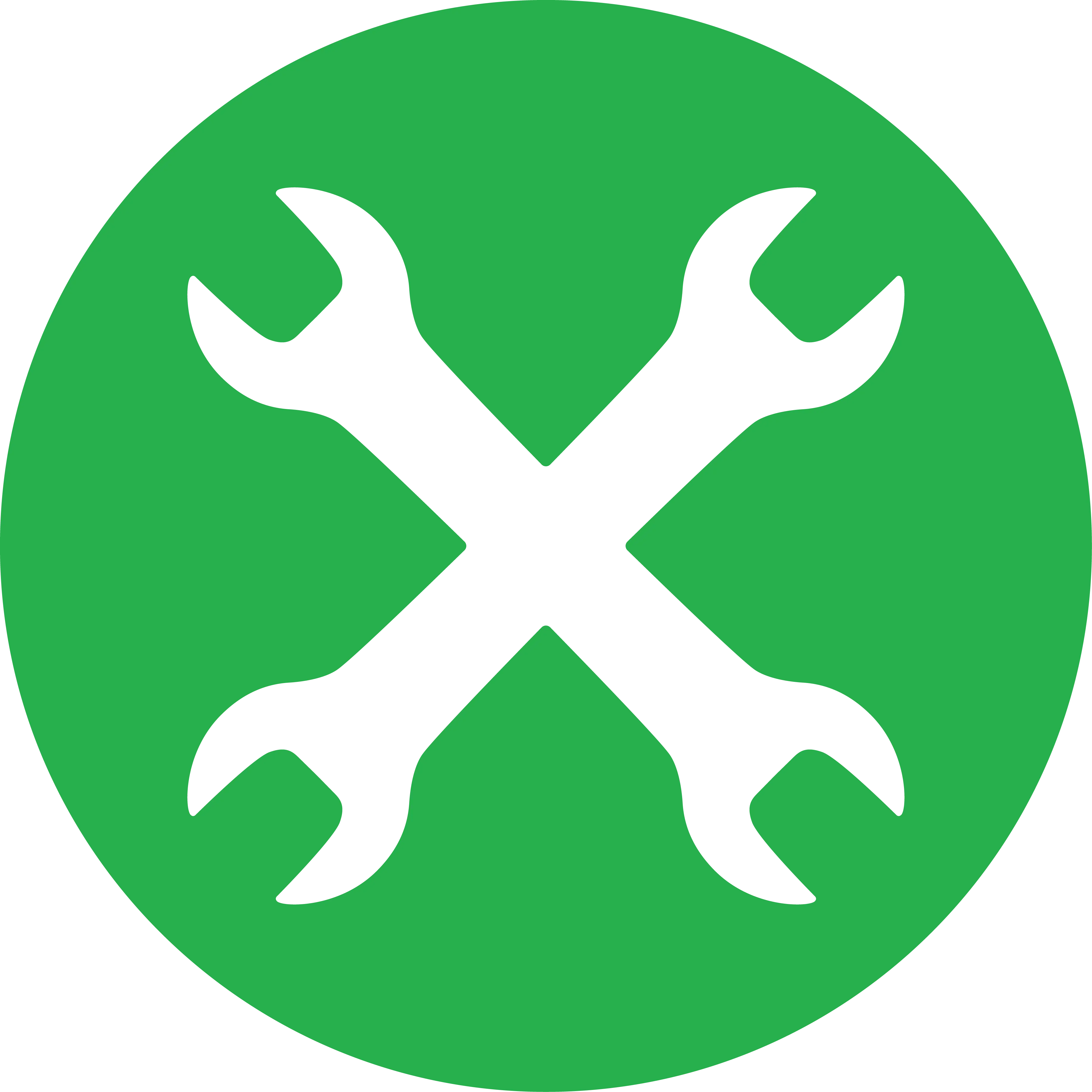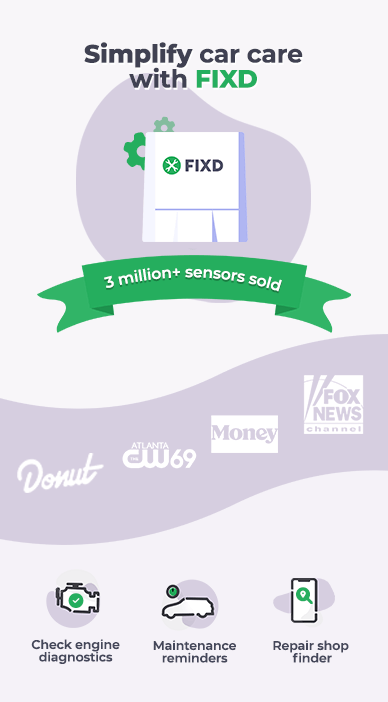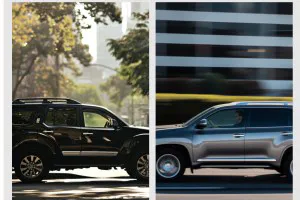The Average Cost for a Wheel Hub Replacement Is Between $408 and $522 Depending on if You Go to the Mechanic or DIY
This price range is based on national averages for all vehicles and does not factor in taxes, fees, or your particular make and model. For a more accurate estimate based on your make, model, and location, use the RepairPal Fair Price Estimator.
Get a more accurate estimate for your wheel hub replacement cost using RepairPal’s Fair Price Estimator:
Cost at the Mechanic: $408 to $522
Parts: $295 to $381
Labor: $112 to $141
Replacing your wheel hub/bearing assembly at a mechanic’s shop or dealership service center can take some time. Depending on the style of vehicle you have, replacing wheel hub assemblies can take anywhere from 1.5 to 3 hours. Your wheel hub assemblies should be replaced as needed, but generally speaking, they should last 100,000 miles (or more) unless they take a beating.
Cost to DIY: $295 to $381
- Difficulty Level: Advanced
- Parts Needed:
Unless you have a fully outfitted garage with all the tools you need and the knowledge to work on your vehicle confidently, this is a task better left to the professionals. If you do decide to take on this DIY job, be sure to keep a repair manual and your vehicle’s owner’s manual handy so you can be sure you’re getting the job done correctly.
What Is a Wheel Hub Assembly?
Wheel hub assemblies contain wheel bearings that allow your wheels to turn smoothly. Older vehicles featured individual bearing sets that needed to be serviced and replaced regularly, but most newer vehicles have single-piece wheel hub assemblies that combine the hub, bearings, and sometimes even the reluctor ring, which acts as the “teeth” for the wheel speed sensor. The wheel hub assembly as a whole connects the wheel to the rest of the vehicle. Most of the vehicle’s weight sits on the wheel hub assembly, so it’s subject to a lot of wear and tear.
Wheel hub problems can come from two separate issues: the wheel bearings they house have worn out or the hub assembly itself is damaged. If your vehicle is experiencing a grinding or moaning noise while in motion, chances are the wheel bearings are going bad, and the entire wheel hub assembly must be replaced.
What Does a Wheel Hub Replacement Include?
Depending on the type of vehicle you have, replacing the wheel hub assemblies replaced can be a quick job (only slightly more time consuming than a brake job) or it could take hours. To replace wheel hub assemblies, the vehicle must be lifted up so that the wheel and brake assembly can be removed. After the job is finished, the vehicle should be road tested to make sure everything is in proper working order. While the mechanic is replacing the wheel hub assemblies, they may also suggest replacing components from your vehicle’s braking system, including the rotors, drums, shoes, and pads.
What Happens If You Don’t Replace Your Wheel Hubs?
As the wheel hub gets worse, it will emit a grinding noise that gets louder, and it could affect the steering alignment and tire wear. In worst case scenarios, the internal bearings could fail causing the wheel hub assembly to separate resulting in the affected wheel coming off the vehicle. The longer you wait to replace a damaged wheel hub assembly, the higher the repair bill could be once you get around to taking your vehicle into the shop.
If you think you have a problem with your wheel hub assembly, but you need to travel further before you can quit and address the issues, you should drive at a much slower speed until you can stop.
How Often to Replace Your Wheel Hub
Wheel hub assemblies are designed to last for around 100,000 miles, but they should be replaced as needed. Driving habits, harsh environmental conditions, and modified suspension components can all cause wheel hub assemblies to wear out faster than they’re supposed. If you want an at-home method of checking the health of your vehicle’s wheel hub assemblies, you can raise your vehicle on jack stands and try to rock the tires by holding onto the top and bottom of the wheel. There should be little-to-no play in the wheel when you do this.
As your vehicle ages, you should have its wheel hub assemblies checked more frequently. This is especially important for any drivers who do a lot of strenuous off-roading or towing. If you want to be safe, you can go ahead and replace any wheel hub assemblies that have seen more the 100,000 miles of road.
However, if you notice any of the symptoms below, you might consider having your vehicle towed to a trusted mechanic, as they mean that something may have gone wrong with one of your vehicle’s wheel hub assemblies.
Common Symptoms You Need to Replace Your Wheel Hub
Some of the symptoms you can look out for to tell if you have a faulty wheel hub assembly include:
- Rumbling noises at speeds more than 15 miles per hour
- Rumbling or grinding noises when you’re turning
- ABS light on the instrument gauge cluster is on
- Vibration in the steering wheel
- Resistance when pressing the brakes
If your tires are making a lot of noise and you’re concerned it might be due to bad wheel hub assemblies, have your tires and wheel checked before you go all-in on a wheel hub assembly replacement. Unevenly worn-out tires can sometimes sound similar to failing wheel bearings.
Related Maintenance Services
The following services are commonly performed with wheel hub replacements:
- Tire rotations
- Tire balancing
- CV axle replacements
- Brake pad and rotor replacements
- Wheel bearing seal replacements
Never Miss Important Maintenance Again with FIXD
Get the FIXD Sensor and free app today for a custom maintenance schedule based on your make, model, and mileage. FIXD sends automated maintenance alerts right to your phone so you never forget oil changes, tire rotations, brake pad replacements, and more. It even tracks tire, wiper, and battery life to keep your car running smoothly. Get FIXD today and take the stress out of car care. It’s that simple.

At FIXD, our mission is to make car ownership as simple, easy, and affordable as possible. Our research team utilizes the latest automotive data and insights to create tools and resources that help drivers get peace of mind and save money over the life of their car.












